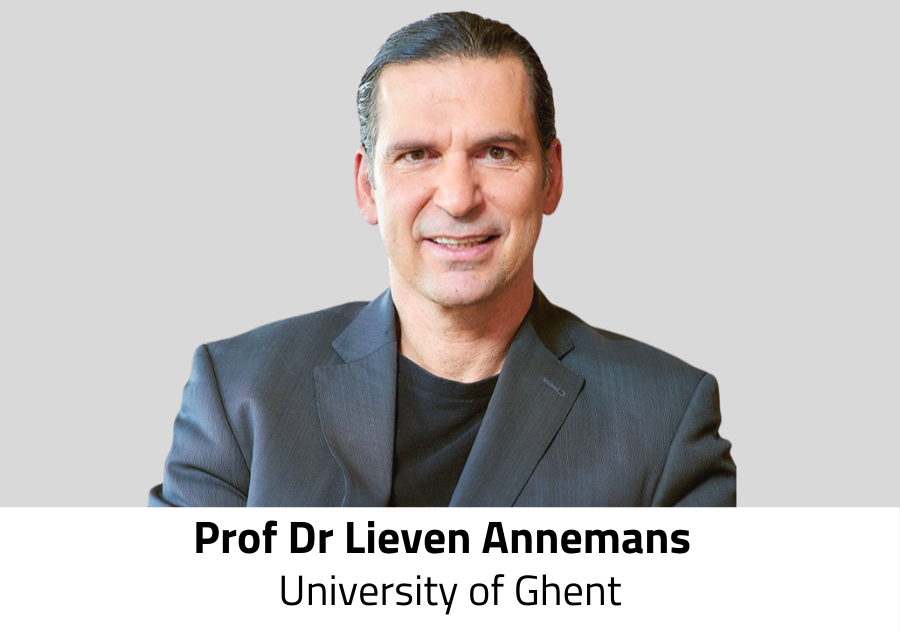12th November 2020
Prof. dr. Lieven Annemans, Senior Professor of Economics of Health and Wellbeing at the University of Ghent, and Karst Jan de Jong, Principal consultant at healthcare consulting firm Vintura, discuss the complex issue of assigning value to prevention.
Prevention is often hailed as a silver bullet in healthcare. Not only does it have the potential to enable people to live their lives unhampered by disease (where preventable), but the cost of healthcare to our society would be dramatically reduced, and the strain on our healthcare services much relieved, with adequate prevention.

Traditionally our healthcare systems have been structured around paying for the identification, treatment, and management of diseases – diagnostics, medicines and surgery for example. The payment is based on ‘cost efficiency’ which is usually about weighing up whether an intervention can provide value – to the patient in improving their quality of life, and to the healthcare service in demonstrating that the intervention will ultimately save money in the long-term (for example treating a patient with a certain medicine that stops a disease from worsening and eventually requiring more resources).

However, with new technology we are now able to detect a disease or risk of disease at an early stage -for example by monitoring vital signs or conducting population screening. Once detected, we can apply a lifestyle change or a medical intervention much earlier, which often means that we can change the course of the disease altogether. So, what happens when we have the tools to prevent disease within our current systems? How do we assign the right value or ‘cost efficiency’ to preventing something that never actually occurs (as a result of prevention) and therefore has little or no associated cost? For us to move more strongly towards prevention, this is one question we need to answer.
Firstly, healthcare systems need to be ready for it, and this is not always the case. The current focus is on curing disease, not preventing it and this is reflected in the way in which we assess and reimburse innovation. Since the benefits of prevention will come much later, it is often difficult for healthcare systems to prioritise prevention under existing constraints such as budget and resource limitations. We need to move towards a holistic and long-term assessment of benefits and reimbursement based on value delivered. A change in the way we think about innovation and prevention is needed, from all stakeholders.
Secondly, the evidential requirements need to be clear. From an evidence perspective, it can be difficult to make a scientifically sound assessment of benefit for preventative services. Evidence on how an early intervention prevents disease and which costs are associated can be scarce, making this tangibly difficult as a lot of estimations are involved, and scientific studies are not widely available. Assessing the benefits of innovation needs to move from a single intervention towards looking at a holistic care pathway and associated benefits (such as employment). In addition to scientific studies, real world evidence needs to be (continuously) considered and evaluated to ‘track the benefits’ of prevention and see if the assumed business case is realised in practice. The importance of this change is highlighted by the many new innovative treatments with a large preventative element coming to market. Think of gene therapy, for example, which can potentially cure a disease. If we are to get the full benefits from these innovations, we need to change mindsets about evaluation.
A clear opportunity is to transform the way we pay for health. So, to set up outcome-based service contracts that truly allow for prevention as well as treatment. This would allow society to pay for the value of preventative services that are realised in practice and only pay for services that work. A major effort of many stakeholders, such as governments, healthcare insurers, hospitals and pharmaceutical companies, is needed to create the right environment and technical infrastructure to make this happen. Once we ascertain that preventative innovations deliver added value in practice, we must also make these available for everyone in society to benefit regardless of socio-economic status. All of us – payers, industry partners and society – have a responsibility to set clear conditions on this.
Aside from the clear financial challenges, there is also the question of skills and training since moving more towards prevention requires clinicians to change how they operate. Prevention means a switch from treating a patient with a disease to preventing that disease. As such, clinicians who are currently mainly treating sick people need to become more like ‘population health managers’. Clinicians are already doing this in some cases such as monitoring patients for cardiovascular risk factors, however doing prevention at scale and as standard requires new thinking on how to deliver care and how we train our clinicians.
Ultimately, a mindset change is required when it comes to prevention, but it is certainly not out of our reach. As a society it is important that we move much further towards a preventative model. It is one of the major opportunities to make our healthcare systems more sustainable, but it also the way in which we can enable people to live longer, healthier, and more enjoyable lives.